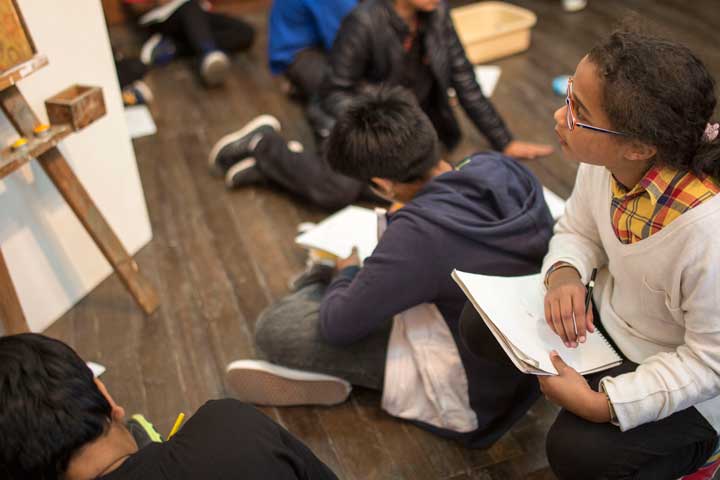
11 Nov Positive energy
I recently read an interesting article in the science news. Dr. Olaf Kruse, a biologist at Bielefeld University in Germany published research showing that plants can use other plants as a source of energy in addition to the well-known process of photosynthesis. We all know that plants need water and light to grow. Dr Kruse discovered that the green alga, Chlamydomonas reinhardtii, not only uses photosynthesis, but can also draw energy from other plants. This particular alga produces an enzyme which can digest the cellulose in other plants, breaking it down into sugar and using it as a source of energy. Dr Krause says this is the first time this type of behaviour has been confirmed in a vegetable organism.
"If that energy is positive, affirming and supportive, children will flourish. If that energy is negative, cynical or demeaning, they will flounder."
I found this fascinating – that a plant can draw energy from other plants around it. It immediately reminded me of something I have often noticed in working with children over the years – something which, I’m sure, every parent will have noticed too. Put simply – children are remarkably receptive to the environment they are in and are particularly able to soak up the “emotional energy” around them. In other words, they are shaped by the climate or atmosphere they live in – often without even being aware of it.
The right kind of climate
If that energy is positive, affirming and supportive, children will flourish. If that energy is negative, cynical or demeaning, they will flounder. The pioneering psychologist, Carl Rogers, described something which he had noticed in his research. It is what he called, “a growth-promoting climate”. This is a caring and supportive atmosphere which enables young people to grow and mature positively. This is the kind of climate our children need to feed on and draw their energy from.
Creating the right kind of climate is something which we as parents and educators are especially responsible for setting and maintaining. As Carl Jung said, “a child is educated by what an adult is and not by their words.” The educator and psychologist Haim Ginott once wrote something which has always struck me as among the most profound wisdom when it comes to the influence we hold over children:
"In education, as in life, we are shaped and formed by the atmosphere which surrounds us."
“I have come to the frightening conclusion that I am the decisive element. It is my personal approach that creates the climate. It is my daily mood that makes the weather. I possess tremendous power to make life miserable or joyous. I can be a tool of torture or an instrument of inspiration, I can humiliate or humour, hurt or heal. In all situations, it is my response that decides whether a crisis is escalated or de-escalated, and a person is humanised or de-humanised. If we treat people as they are, we make them worse. If we treat people as they ought to be, we help them become what they are capable of becoming.”
Making the right impression
Plants which can draw energy from other plants nearby may sound like the stuff of science fiction. But what I find far more remarkable is that by creating the right environment for young people to grow up in we can exert an incredible influence for good. In education, as in life, we are shaped and formed by the atmosphere which surrounds us. That’s why the ethos of a school, its tone and relationships and character are so important. In a positive and caring climate young people unconsciously store up inner resources of resilience and self-confidence which can last a lifetime long. Haim Ginott expressed this truth brilliantly, “Children are like wet cement. Whatever falls on them makes an impression….”
Dr Jonathan Long, Principal






No Comments